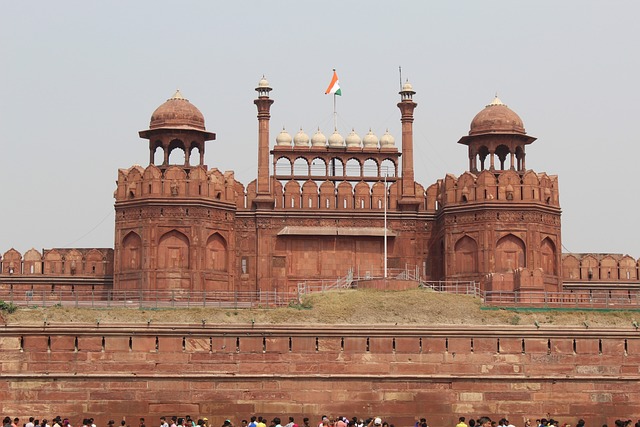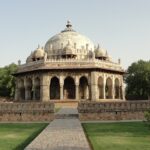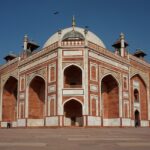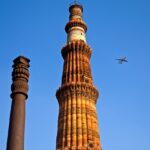The Red Fort in Delhi, India, is an iconic monument that holds great historical and cultural significance. Built in the mid-17th century by the Mughal emperor Shah Jahan, it served as the main residence of the Mughal emperors until 1857. Today, the Red Fort is a UNESCO World Heritage site and a major tourist attraction in Delhi, drawing visitors from all over the world.
History of the Red Fort:
The construction of the Red Fort began in 1638, during the reign of Mughal Emperor Shah Jahan. The fort was built to serve as the royal residence and administrative center of the Mughal Empire. It was designed by the architect Ustad Ahmad Lahauri, who also designed the Taj Mahal. The construction of the fort took almost a decade to complete, and it was finally inaugurated in 1648.
The Red Fort is so named because of the red sandstone used in its construction. The fort covers an area of approximately 254 acres and is surrounded by a moat on three sides, with the river Yamuna flowing on the fourth side. The fort has two main entrances – the Lahori Gate and the Delhi Gate. The Lahori Gate faces the city of Lahore in present-day Pakistan, while the Delhi Gate faces the city of Delhi.
Significance of the Red Fort:
The Red Fort is a symbol of the power and grandeur of the Mughal Empire. It was the main residence of the Mughal emperors for almost 200 years and served as the center of political and cultural activity during that time. The fort was also the site of many important events in Indian history, including the coronation of Emperor Bahadur Shah Zafar in 1837 and the Indian Rebellion of 1857.
The Red Fort is also significant for its architectural and artistic features. The fort is a fine example of Mughal architecture, with its massive walls, imposing gateways, and intricate carvings and decorations. The fort also houses several important buildings, including the Diwan-i-Aam (Hall of Public Audience), the Diwan-i-Khas (Hall of Private Audience), and the Moti Masjid (Pearl Mosque).
Today, the Red Fort is a major tourist attraction in Delhi, drawing millions of visitors every year. The fort is particularly famous for its annual Independence Day celebrations, where the Indian Prime Minister hoists the national flag and delivers a speech from the ramparts of the fort.
Conclusion:
The Red Fort is an iconic monument that holds great historical and cultural significance. It is a symbol of the power and grandeur of the Mughal Empire and an important site of political and cultural activity. The fort is also significant for its architectural and artistic features, and it continues to attract visitors from all over the world.






